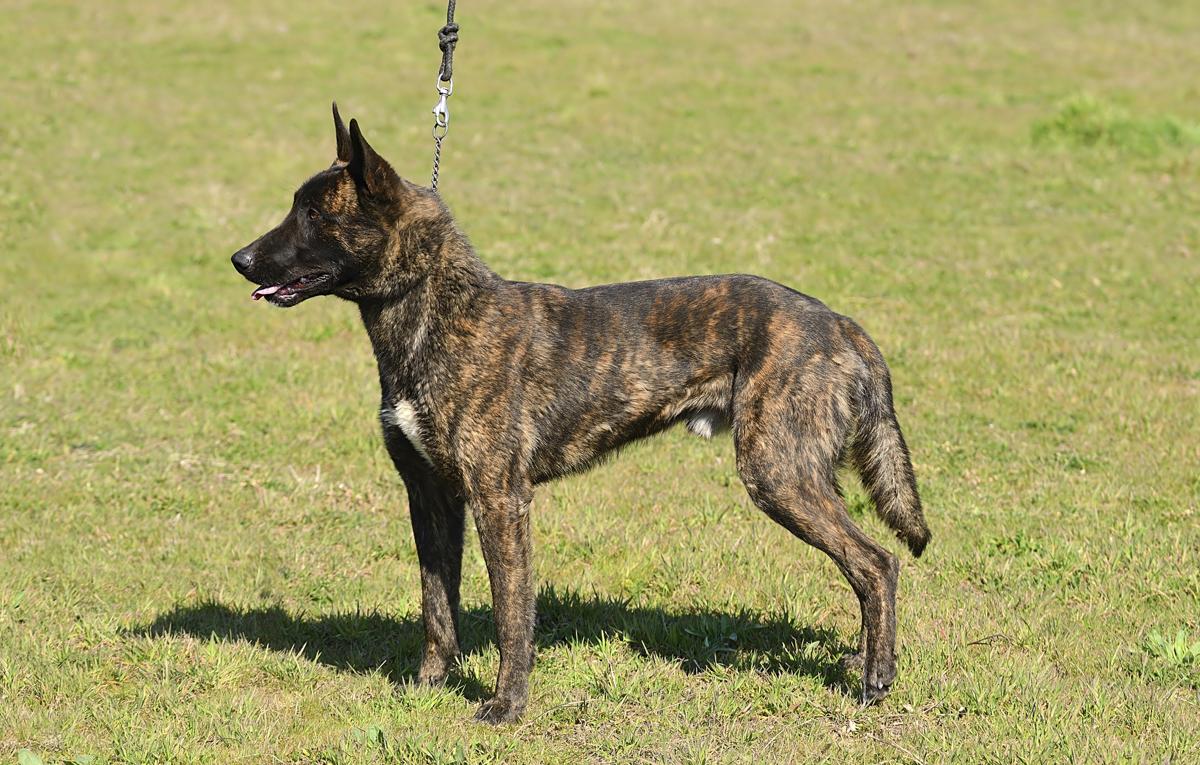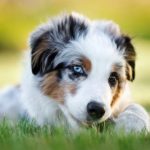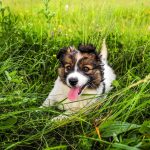Dog owners are often curious about how much a dutch shepherd sheds.
Do Dutch Shepherds shed? Do they shed a lot? Do they not shed at all?
When it comes to shedding, the answer is yes! All dogs shed, but some breeds have coats that catch hair before it falls to the ground.
This leads many dog owners to believe their breed of choice doesn’t shed. But this isn’t true for Dutch Shepherds!
Do dutch shepherds shed?
Contents
The answer is yes! Dutch shepherds shed light to moderately year-round, as hairs fall off and are replaced in both the outer coat and undercoat.
You may see your dutch shepherd “blowing coat” a few times a year, depending on the harsh weather in your area.
During this time of shedding, your dog may appear to be balding from head to toe.
The purpose of the coat blow in the fall is to restore the dog’s thick insulating undercoat in preparation for the winter, or if a dog’s undercoat gets too thick in the spring, a coat blow will be necessary in order for it to keep cool.
No matter when your dutch shepherd blows their coat, it’s important to be prepared for the extra hair that will be everywhere!
Be sure to have plenty of lint rollers on hand and a good vacuum cleaner with an upholstery brush attachment.
Why Do Dutch Shepherd Dogs Shed A Lot?
Dutch shepherds shed year-round, but some dutch shepherd puppies are born without an undercoat.
This means that their coats can be very fine and silky until they shed for the first time at around six months of age.
If your dutch shepherd is experiencing this “puppy coat” it will take a while for them to develop a full dutch shepherd coat.
In addition, dutch shepherds have been bred to be working dogs and as such they have a double-coat that is designed for them to work outside in harsh conditions, ensuring their safety from predators and the weather.
The outer layer is water-resistant and consists of longer, coarser hairs.
Types of Dutch Shepherd Coats
Rough hair coat type
The rough hair coat type is the most common and is characterized by a thick, rough outer coat with a soft undercoat.
This coat type is more likely to mat and tangle during coat blow periods because to the rough coat type’s tendency to trap shed, dead hair in the coat itself.
When it comes to grooming your dog’s coat, you can either use a brush or hand-stripping (hand-stripping is when you run your hand through your dog’s coat to pull out the shed, dead hairs).
Quarterly hand-stripping is OK, but brushing should be done at least once a month.
You may give your dog a bath when he or she is dirty or starts to stink.
The rough hair coat type is the most common and is characterized by a thick, rough outer coat with a soft undercoat.
Long hair coat type
The dutch shepherd with a long hair coat has a softer, more elegant look.
There is a delicate wave at the end of the thin, fine outer coat layer.
Soft and supple, dachshund’s inner layer is delicate and will be easily damaged if it becomes wet or dry too often.
Since dutch shepherds with a long hair coat do not have the same water resistant properties as dutch shepherds with a rough hair coat type, you should be sure to keep them clean and dry.
Short hair coat type
The short hair coat type is the easiest to groom and maintain.
This dutch shepherd has a short, dense outer coat with a thick undercoat.
The hair on their head, legs, and tail is usually shorter and coarser than the rest of their body.
Brushing your dutch shepherd’s short hair coat type should be done at least once a week to prevent matting and tangles.
Yearly dutch shepherd grooming is also required during the spring shedding season, when dutch shepherds shed out their winter undercoats in preparation for summertime.
You should never bathe your dutch shepherd unless he or she has rolled in something very foul (in which case you will need to give them a bath immediately).
Unless your dutch shepherd has rolled in something very foul, there is usually no reason to bathe him.
Be sure to brush their coat regularly, especially during the shedding season, to keep it from becoming matted and full of shed hair.
Make sure you have plenty of lint rollers on hand and a good vacuum cleaner with an upholstery brush attachment in the springtime to help clean up after your dutch shepherd’s big shed.
Also Read: Do German Shepherds Shed A Lot?
Conclusion
In conclusion, dutch shepherds do shed.
Their coats can be affected by the season, their grooming habits, and coat type.
If your dutch shepherd is experiencing an itchy or dry skin condition in addition to shedding a lot more than usual you should have them checked out for allergies at the vet’s office.
Remember that dachshunds have a long hair coat type and dutch shepherds with a short hair coat type are the easiest to groom.
Be sure to brush their coats regularly, especially during the shedding season, to keep them looking their best.




